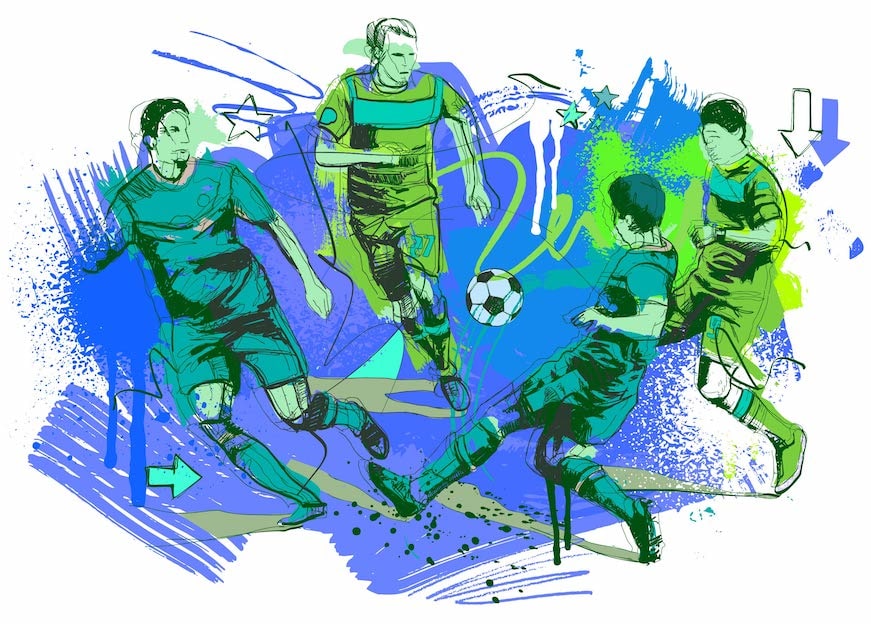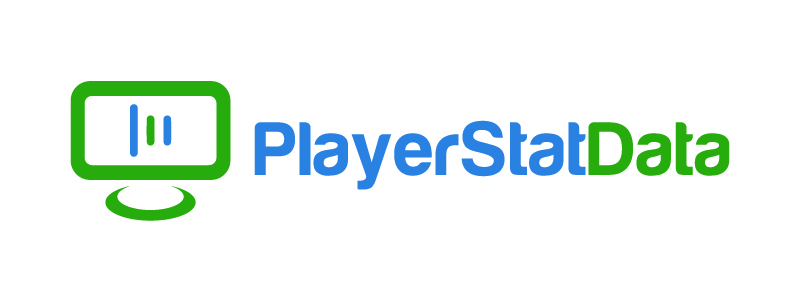The importance of context in youth soccer player development
Posted On April 18, 2024

How important is context around youth soccer player development pathways? CRUCIAL. Read how accessible it can be for your youth soccer op.

Context has a number of definitions; our favorite one is "the situation within which something exists or happens, and that can help explain it". How important is context around youth soccer player development pathways? CRUCIAL.
Many youth soccer operations can access data outputs from wearables and/or basic analytical in-game data from particular providers. Many more are unable to access any data output from either wearables or analytics due to a lack of necessary resources. What do both groups have in common?
A lack of context around player performances and player development.
Take this example:
"My LB gets through over 10km of running across 90 mins, but I'm unsure of his actual impact in possession"
The player was leading the pack across a range of GPS-related metrics but was below the team's average across possession metrics & important possession-related defensive metrics (interceptions & loose ball recoveries).
Outcome: By utilising the in-game player performance data outputs from our player development data monitoring platform, the club realized their player was covering a unnecessarily large distance trying to recover possession that she had just lost. CONTEXT.
Another example:
"Our U15 CB tends to lose more defensive aerial duels than he wins, what should we do?"
This youth soccer club run maturation tests on their youth players & the results for the CB showed that he is a late developer, with an expected height of 180cm.
Outcome: Height is no guarantee of excellent aerial ability but the coaches are aware that their CB's current aerial duel success rate may improve in time. They began increasing the player's work on his agility & heading technique.
With increased training work on the CB's aerial game, it negated any rushed judgment on the player & his development pathway as a CB. CONTEXT.
One final example:
"Our U18 AM is not assisting or creating enough chances for our team this season"
The HC wanted his attacking midfielder to create more chances for his side, seeing him as their "creation pivot point". He was able to access our Chance Creation reports (player involvement breakdown on each effort on goal) & the picture he saw gave him far greater insights into his player's impact.
Outcome: Across five games, the Head Coach was able to track his AM's involvement in 27 of 30 efforts on goal (including blocked shots). While the player only had one assist, in 3 or less phases directly before the effort on goal, he was involved in 90% of these events.
He was not always the one with the effort on goal or the final pass to the player with the effort on goal, but he was always in that chance chain. Still heavily involved, just not always in the highlighted role. CONTEXT.

There will always be subjectivity around youth soccer player development; banks of player data output now available at youth level also.
Our player development data monitoring platform allows youth soccer operations to access the required data across five flexible platform elements - giving them the tools to add that missing context to their players' development pathways.
Most importantly, it is an opportunity to enhance their own impact on their young players, allowing them to become the best players that they can be!

Leave a Reply
Your email address will not be published. Required fields are marked *